Discover Alpine Crossings
-
Which Alpine Crossing is for me?
Embark on one of our Alpine Crossings, these unique tours allow you to complete each crossing while enjoying stays in authentic accommodations, as well as bag transfers on some of the trips to help lighten the load. Here are some of our most popular ones:
The E5 Alpine Crossing (Grade 5) Starting in Oberstdorf, embark on this classic Alpine crossing, finishing in Meran. Experience three countries in one legendary trek; Germany, Austria and Italy. This is one of our tougher alpine crossings with long days and sizeable ascents and descents and terrain that covers scree, rocky and exposed paths with sections of rope to aid ascents/descents. We only recommend this walk to experienced alpine walkers or novices with a good level of fitness and a head for heights. It is ideal for those who don’t want to sacrifice comfort and enjoy hiking away from the crowds. Stay in 3* hotels/guesthouses and spend one night in a mountain hut (private room).
Walker’s Haute Route (Grade 5) – If you want to enjoy the rewards of taking on one of the world’s great treks than you can’t go wrong with the Walker’s Haute Route. Regularly voted as one of the world’s top walks the journey from Mont Blanc to the Matterhorn on the Walker’s Haute Route is filled with breath-taking mountain panoramas, challenging mountain passes and Alpine scenes lifted straight from a storybook. But you do need to be physically fit and as this is a strenuous high mountain trek should be happy navigating in poor conditions and have a head for heights.
Tour of the Matterhorn (Grade 5) - Walk through Switzerland and Italy on this demanding long-distance hike circumnavigates the famous peak, offering superb mountain views, as well as an insight into the two distinct regions that surround it, the Mattertal and the Aosta Valley. This is a tough and adventurous trek, but for fans of the Alps, it could not be more rewarding. This trek is ideal for experienced alpine hikers looking for their next challenge. There is no bag transfer available, adding to the difficulty. However, for the walker who likes to get back to basics, this can be welcome and adds to your sense of achievement.
Tour du Mont Blanc – An Alpine classic, walk through France, Italy and Switzerland, staying in comfortable accommodation each night. It’s the perfect Alpine trek for those who prefer their trekking in comfort, is a tough trek with considerable ascent and descent on each day and there are two sections that include the use of fixed ladders and footholds, and require some very light scrambling. We would suggest that you are an experienced walker who is looking for a challenge.
Across the Alps: Bavaria to South Tyrol (Grade 3) This tour takes you through the Eastern Alps from German Bavaria to Italy’s South Tyrol via Austria on this moderate inn to inn walking tour. This unique route has been designed by us with the Alpine novice in mind, or for those who are simply looking for a comparatively easy-going Alpine experience. Rated moderate, no Alpine experience is required to complete this tour, just a good level of fitness. You should be happy walking 13-19km and 500-1000m of ascents/descents a day. However, almost all the walks can be shortened if required. Stay in high-quality 3 and 4* hotels, and your bag will be transferred each day, giving you the freedom to walk with just a small day pack
Tyrolean Alps: Garmisch to Innsbruck (Grade 5) Walk from Germany to Austria through the Bavarian and Tyrolean Alps, Explore the historical old town of Tyrol’s capital - spend a night in the heart of the Tyrolean Alps in a traditional hut. This trip involves a mixture of moderate to strenuous hikes, whilst staying in lively cultural hubs such as Garmisch and Innsbruck. Graded moderate, there are some significant ascents and descents involved, perfect for working up an appetite for some of the hearty local cuisines! Optional walks allow a rest day if preferred. If you are looking for the best of both worlds, then this is the tour for you!
![Which Alpine Crossing is for me?]()
-
What is it like to stay in a mountain hut?
A walking holiday in the European Alps is the stuff of great memories and offers many rewards. However, many people worry about what it’s like to stay in a mountain hut. Here’s our guide to staying in a mountain hut:
The huts vary in style, size and the standard across Europe varies considerably. There are many advantages to staying in high altitude huts, including cost and convenience, and it can be a lot of fun meeting new and like-minded people in the huts.
Most huts run a policy that guests should arrive by 6 pm each night. Hut wardens may release bookings that are not taken up before 6 pm, and getting there before others will be an advantage in terms of getting a good place to sleep. Sleeping huts, rather than camping, requires a lot less kit to be carried on your back.
Hut rules
You are not usually allowed to wear your walking boots inside the hut. Leave boots in a boot room and take advantage of slippers supplied by the hut. An alternative is to take a lightweight pair of sandals with you for indoor use.
Sleeping
Most huts are small and in big demand in the high season. You will find that dorms of six people or more are standard, and some might sleep ten or more. Some dorms cater for up to 40 people. The earlier you arrive, the more chance you have of choosing where you sleep and if you are with friends you will be able to sleep in the same room. Most operate a first-come-first-served sleeping arrangement. Since most people only stay for one night, you should be able to pick from pretty much all the space available, depending on your arrival time. A few huts have smaller or private rooms for couples.
Sleeping set up
Standard hut dorms will include bunks with a pillow and a woollen blanket on your bed. You will be expected to bring your own sleeping bag liner. These can be bought or made and are usually a light silk. The bedding in huts isn’t changed every day, so a sleeping bag liner makes this feel more acceptable. Check before you go if you require a sleeping bag, although it is unusual.
Bathroom
Most huts have communal washrooms. The traditional huts also have cold water only and just washbasins rather than showers. Modern huts will have bathrooms and showers with running hot water. The showers are usually operated by tokens that you have to pay for.
Food and drink
Water, soft drinks and alcohol are usually sold in the huts, and many also offer a set dinner menu and a breakfast. Some Rifugios also sell lunches. Larger huts might have a restaurant set-up, while smaller Rifugios will serve meals in a common room with big communal tables.
When you leave
Don’t forget to eat breakfast before you go. This is usually a basic meal of cereal, bread, jam, cheese, coffee or tea. You will need to pay, and many huts accept cash only.
![What is it like to stay in a mountain hut?]()















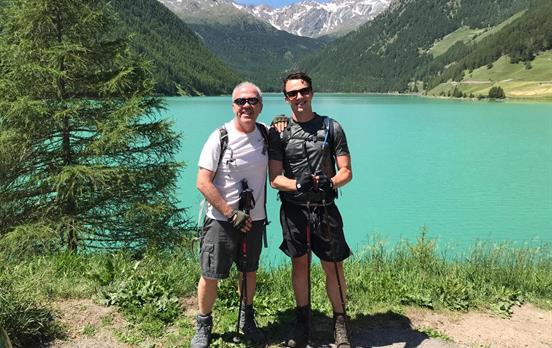
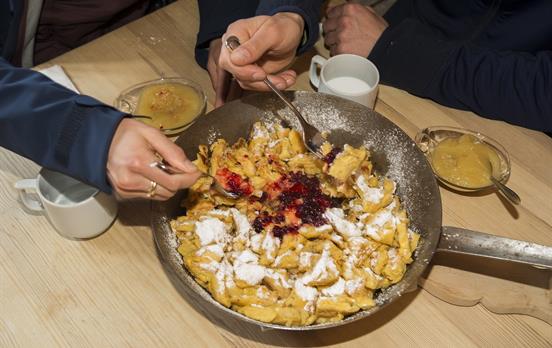
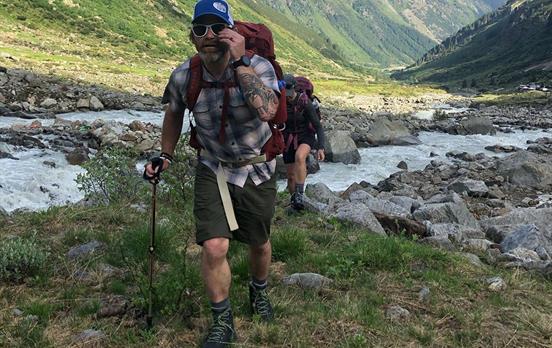
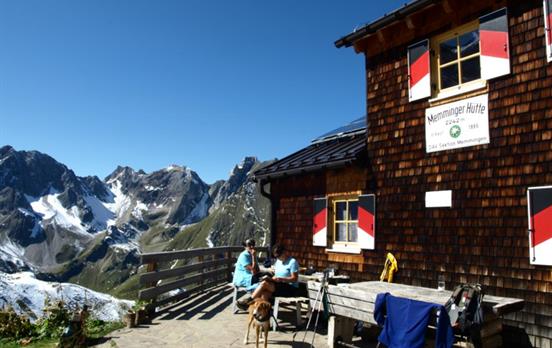



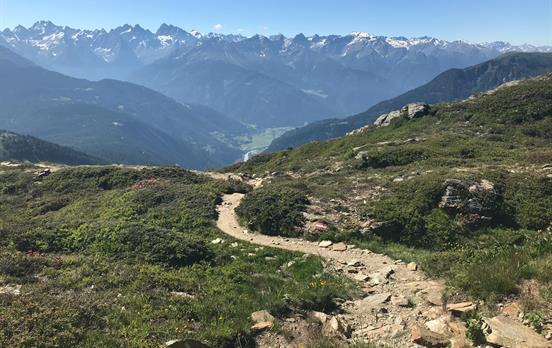
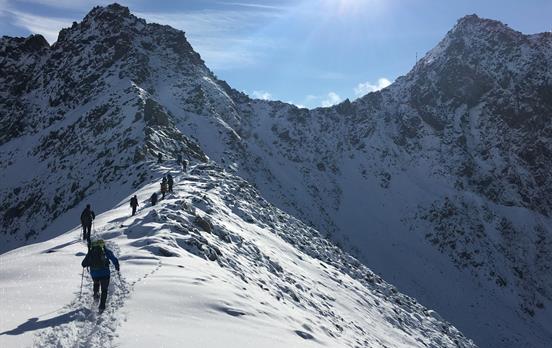


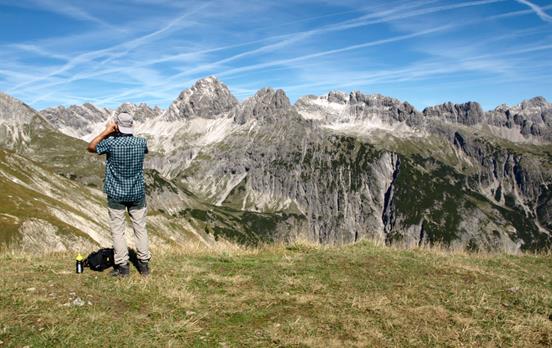
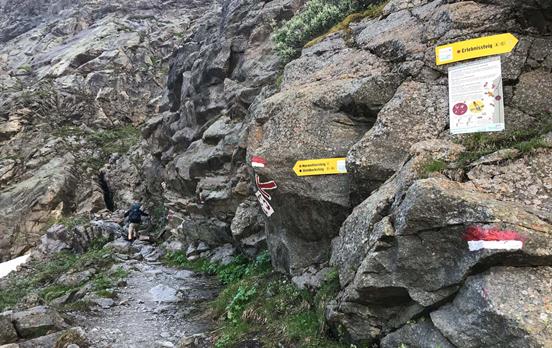
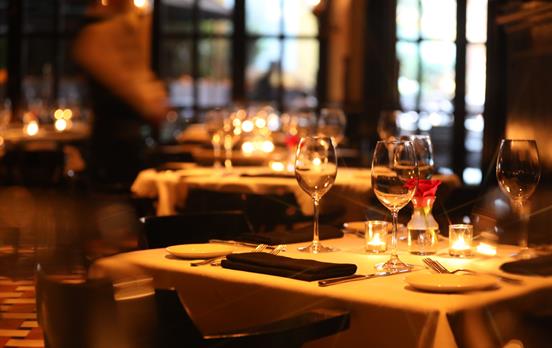
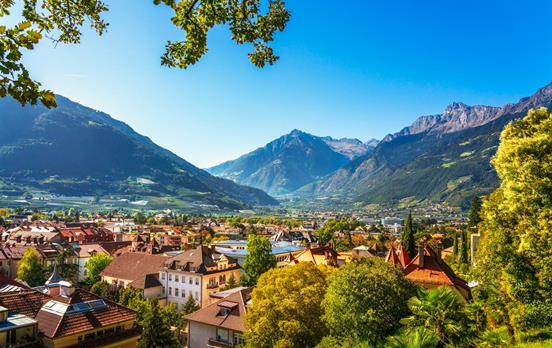
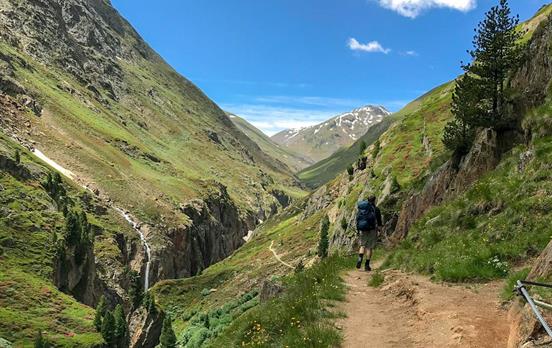
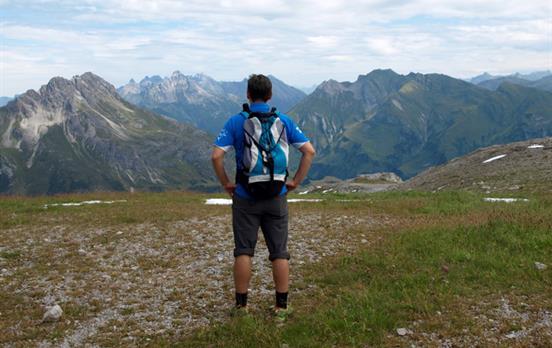
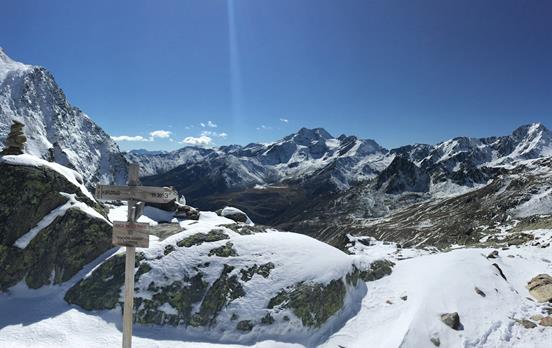


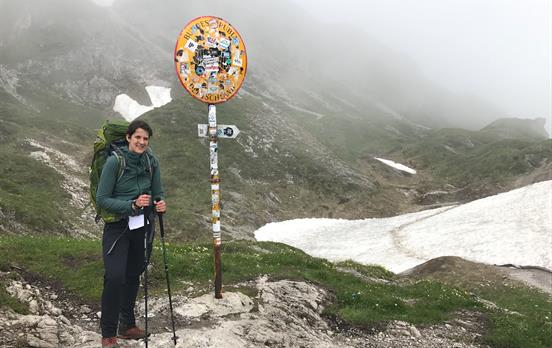

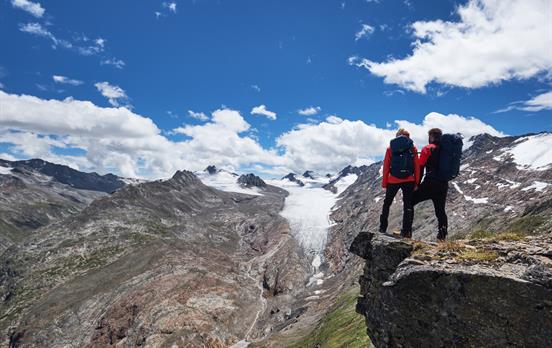

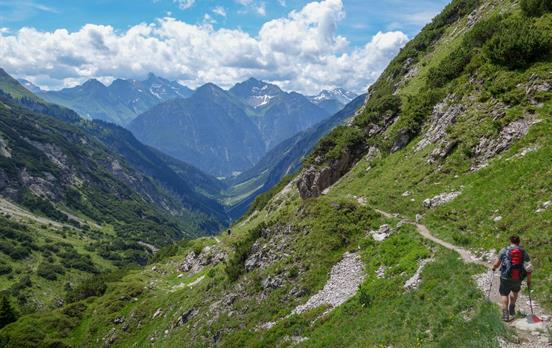
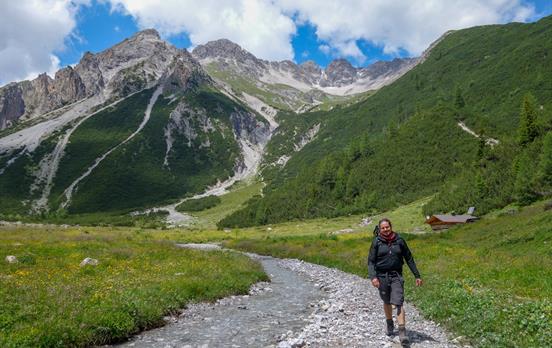
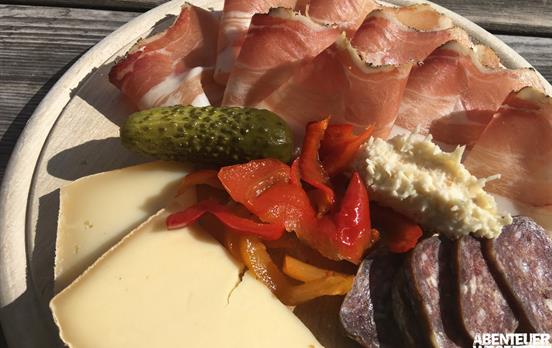
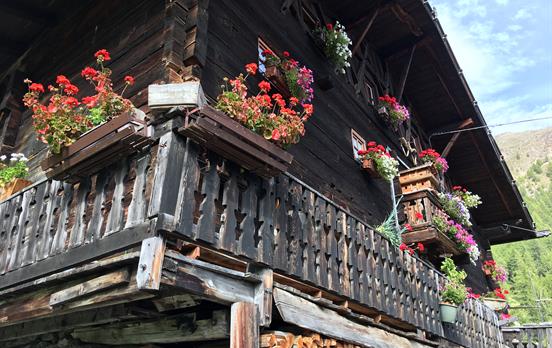

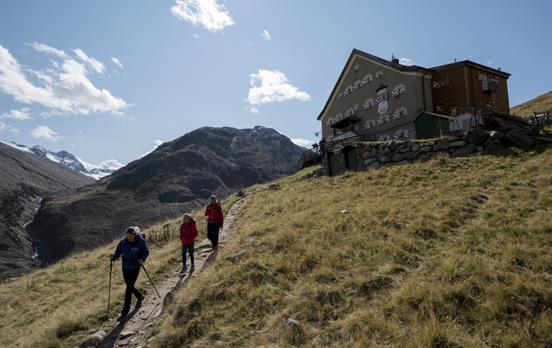

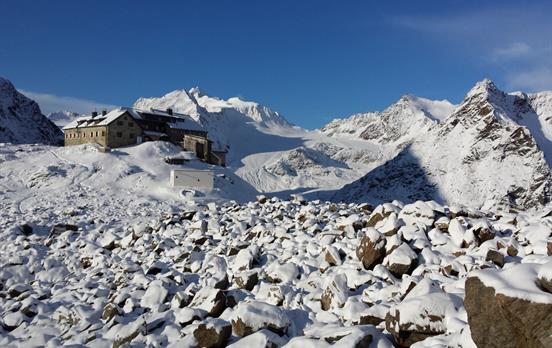
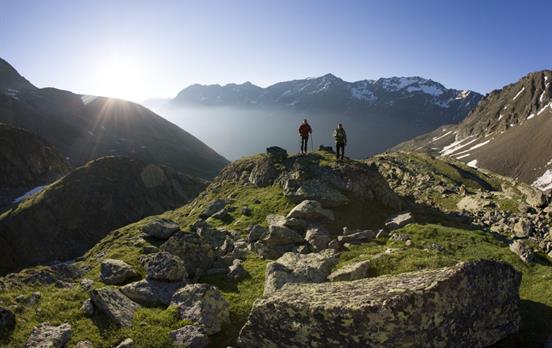

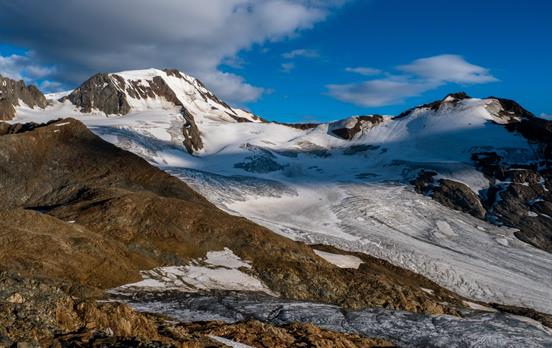
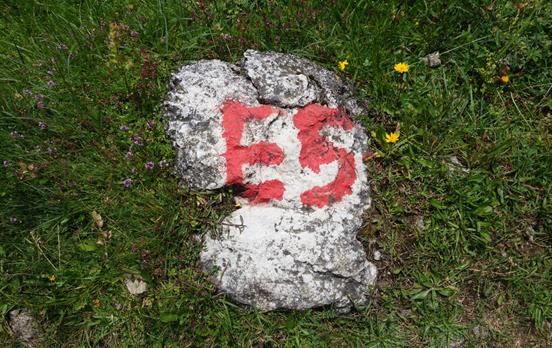
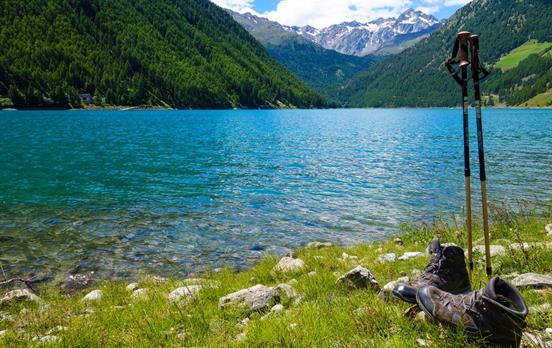

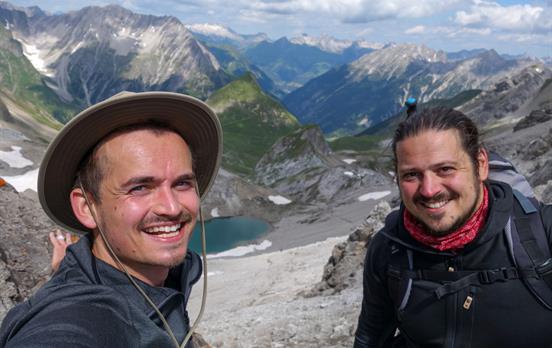



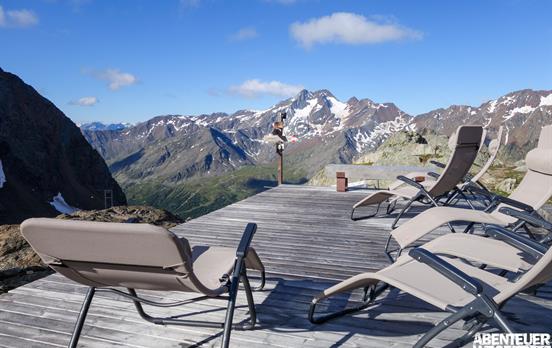



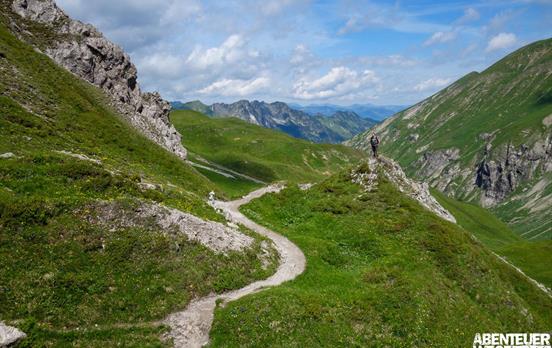
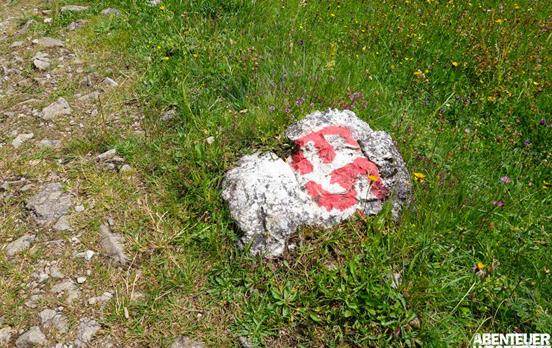

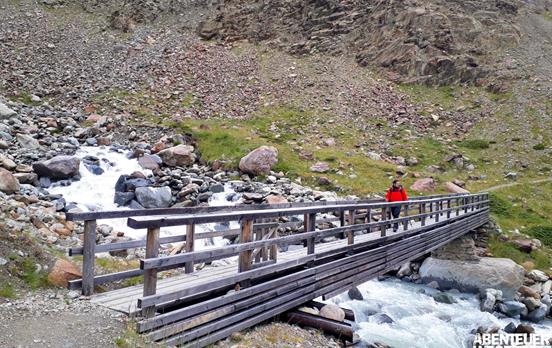
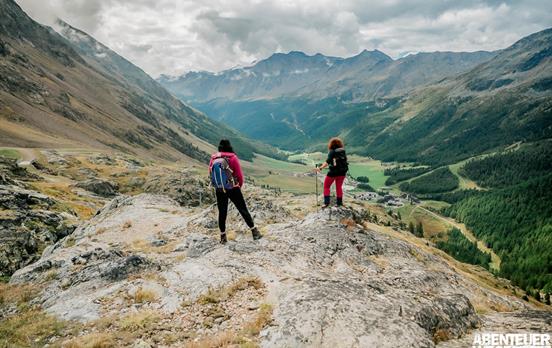
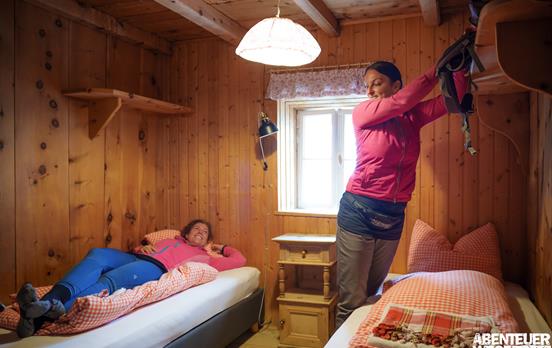
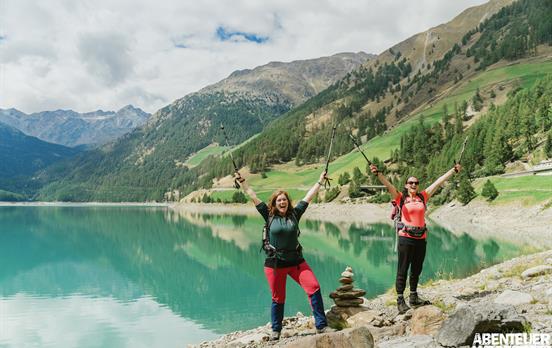
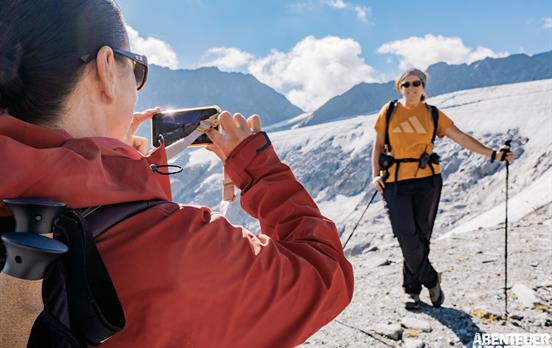






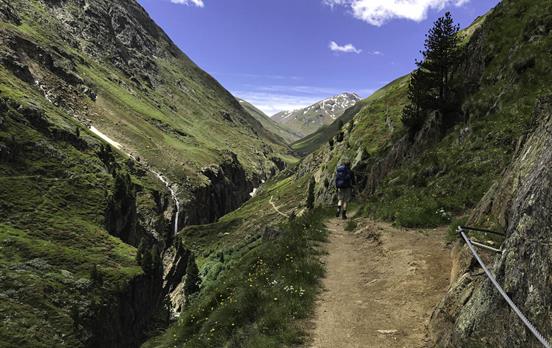
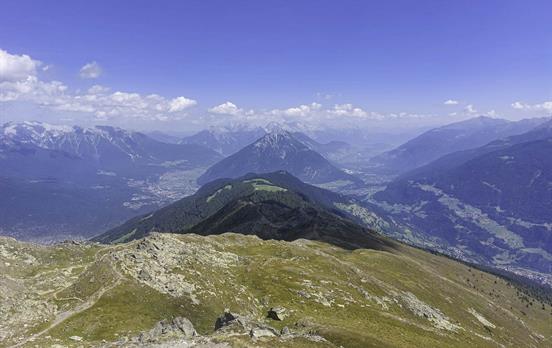

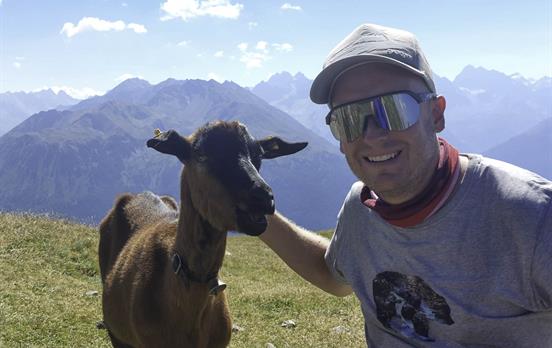
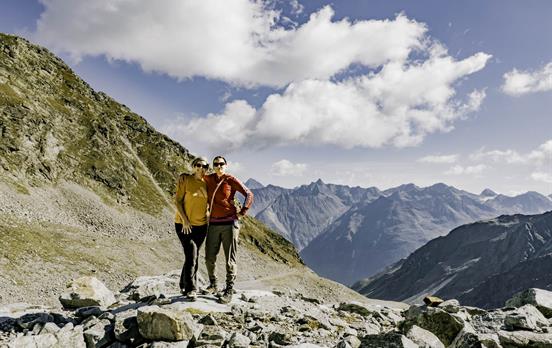
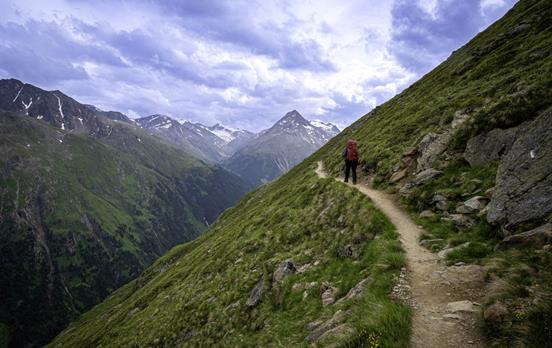
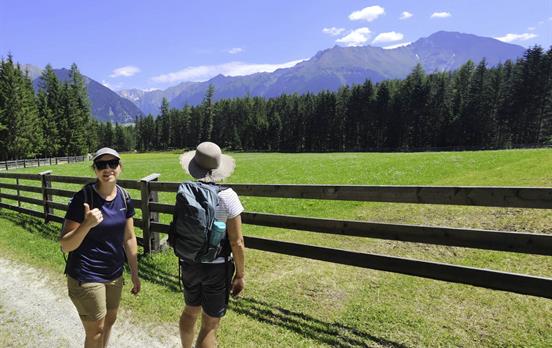
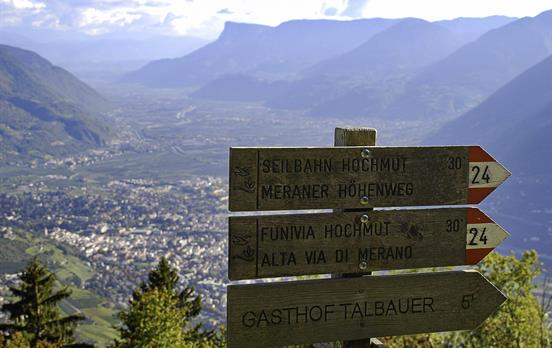





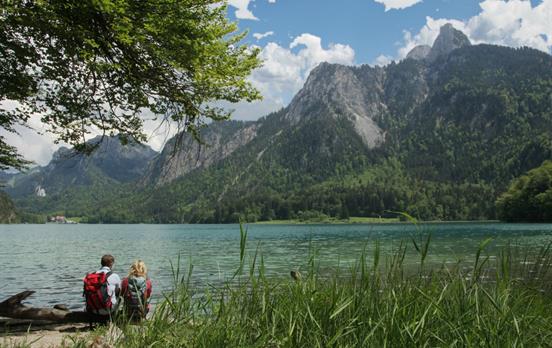
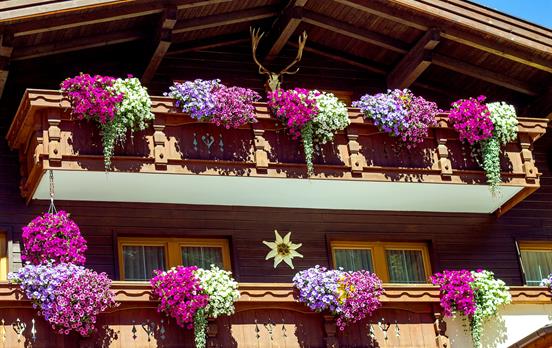
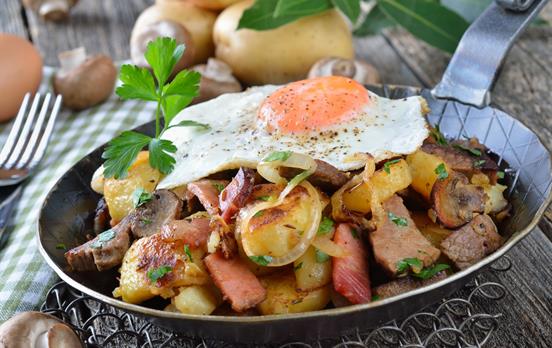

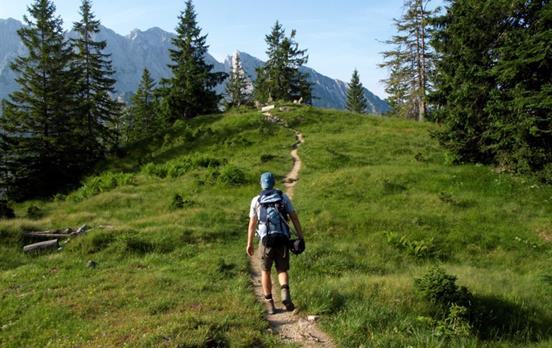


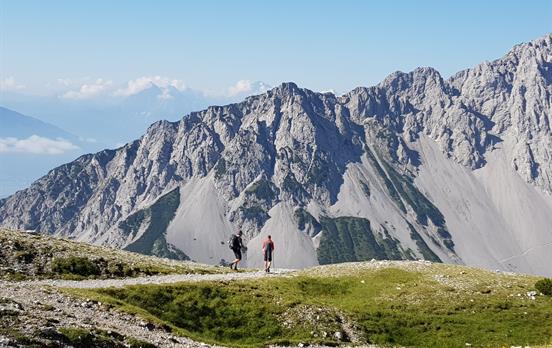
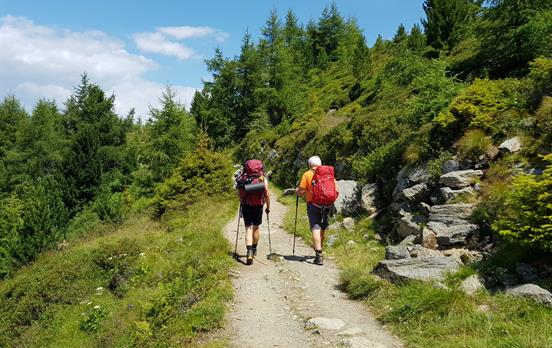
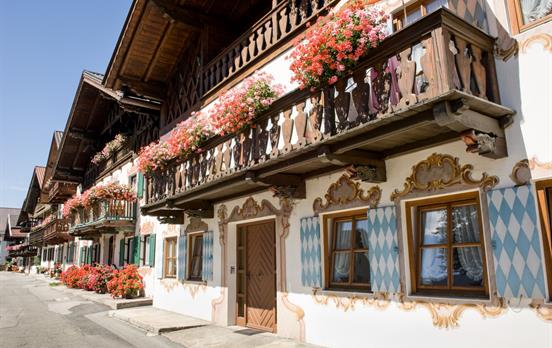

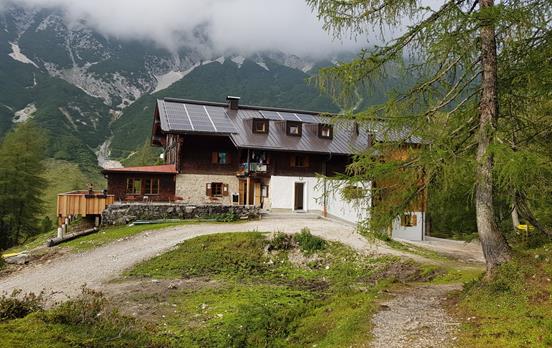
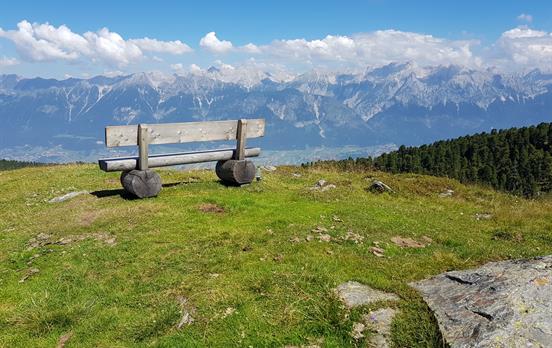
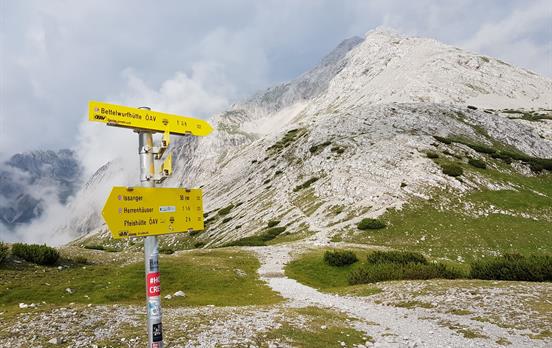
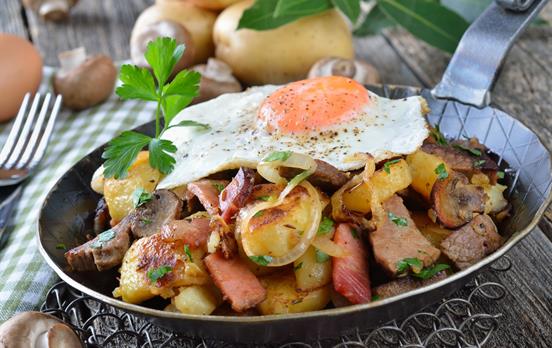
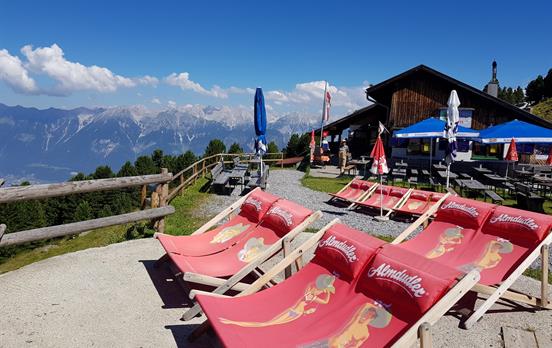
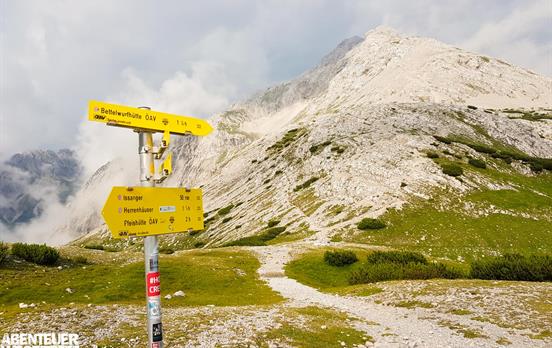
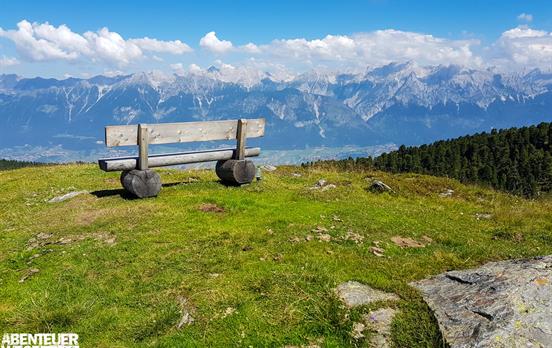
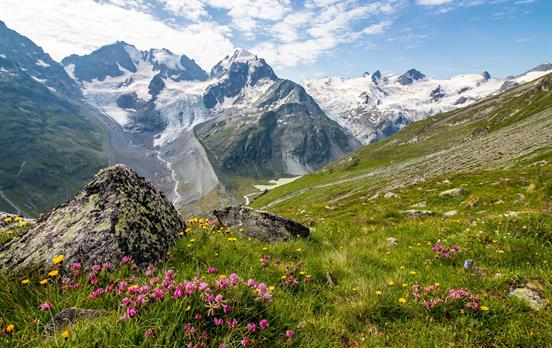
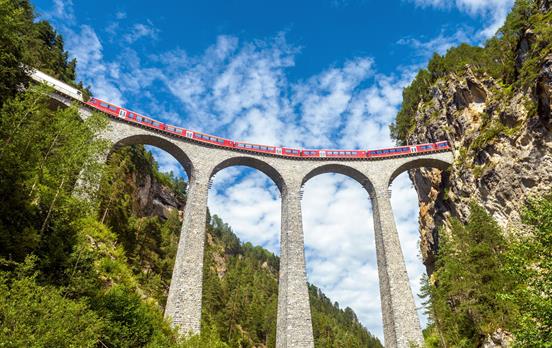

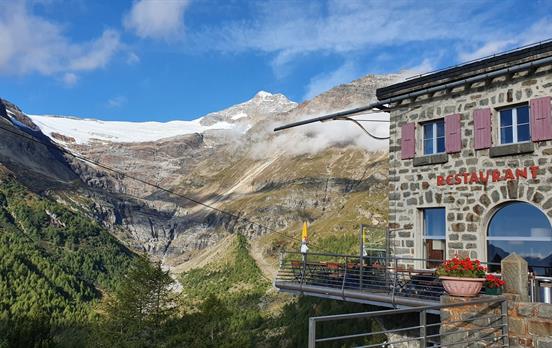
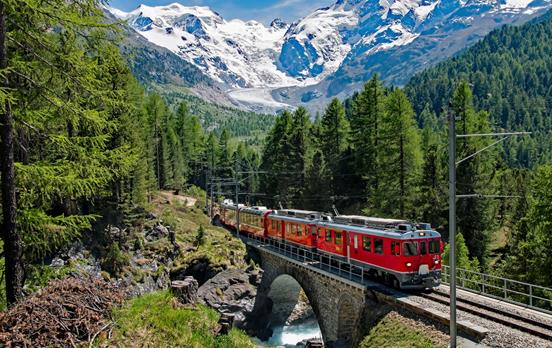
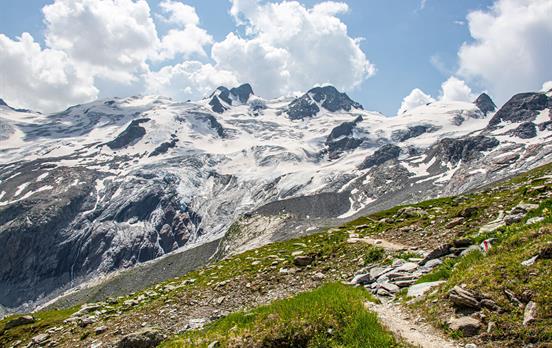
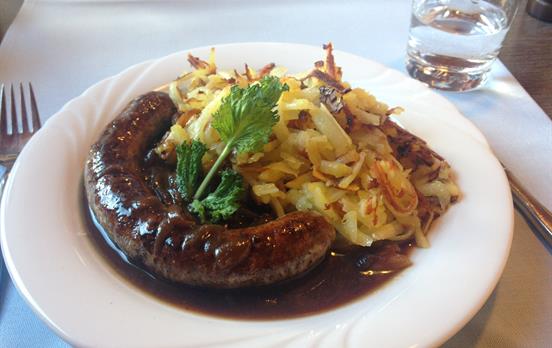
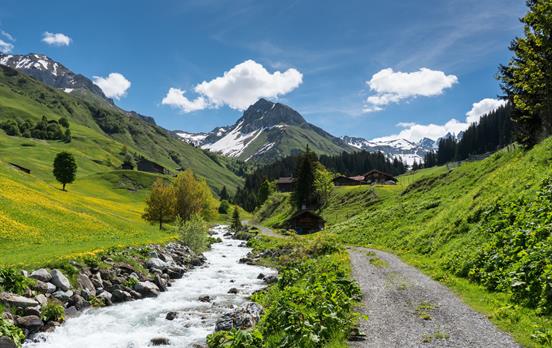
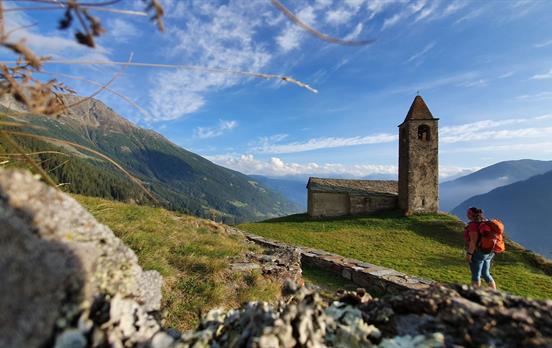


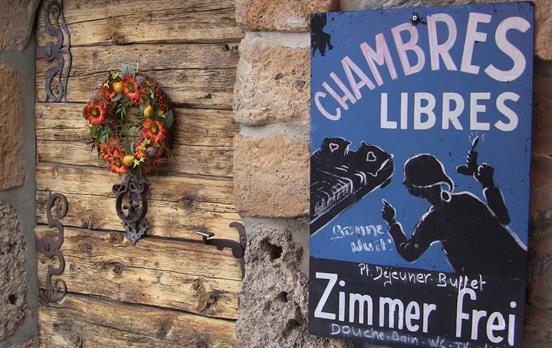
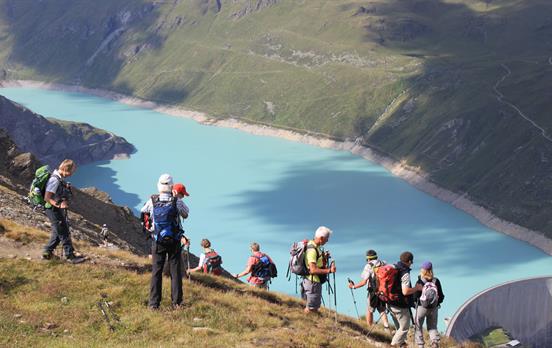
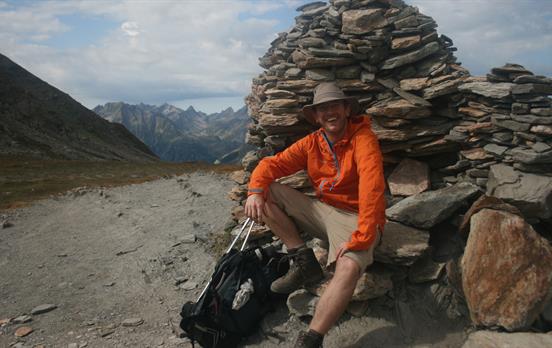
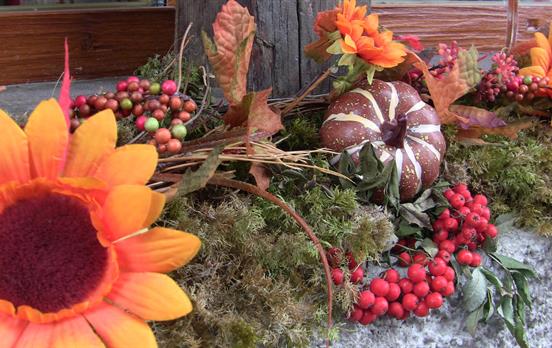


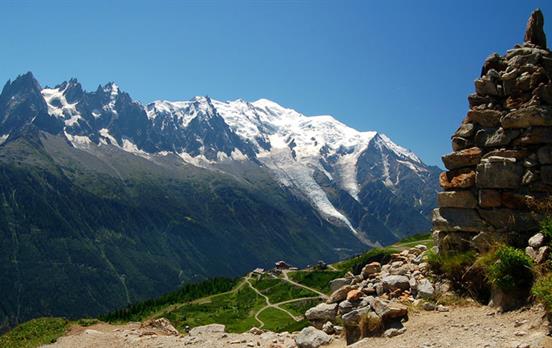
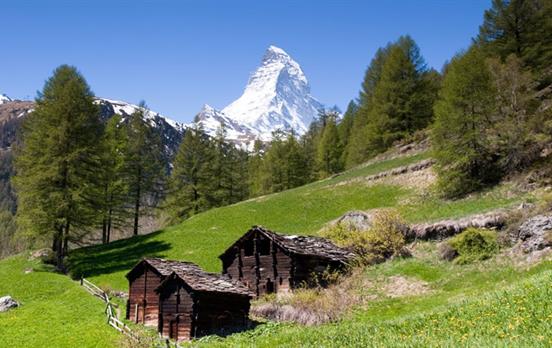
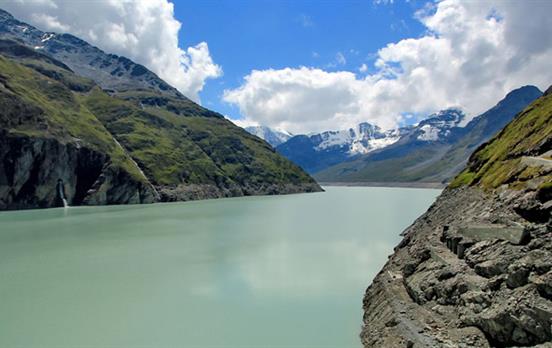
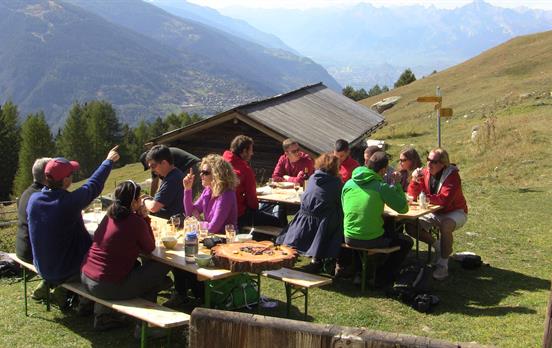
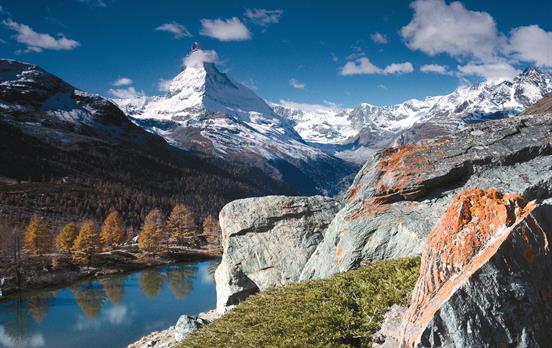
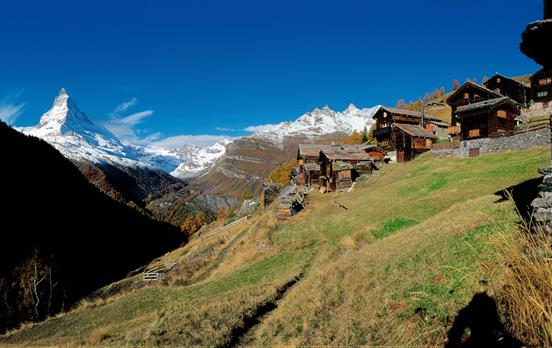
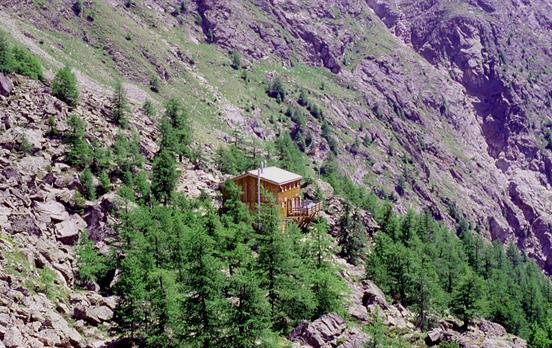
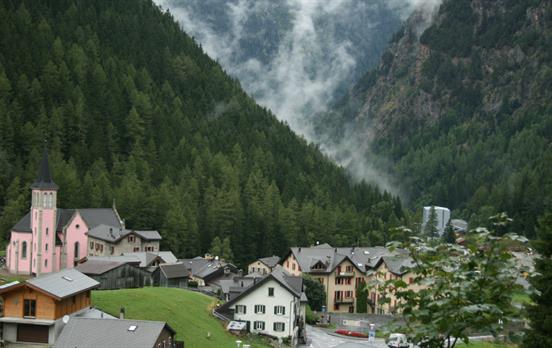
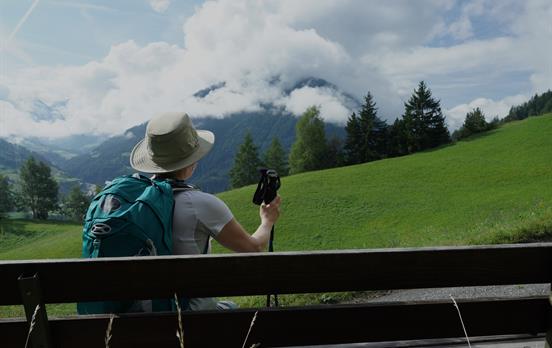
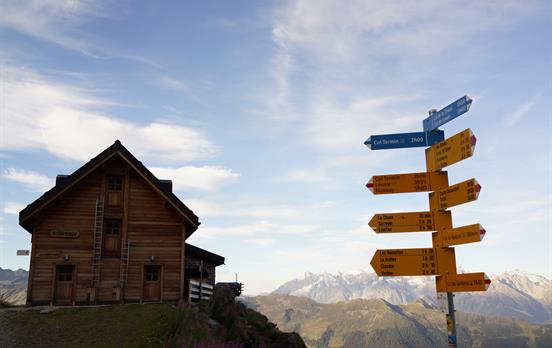

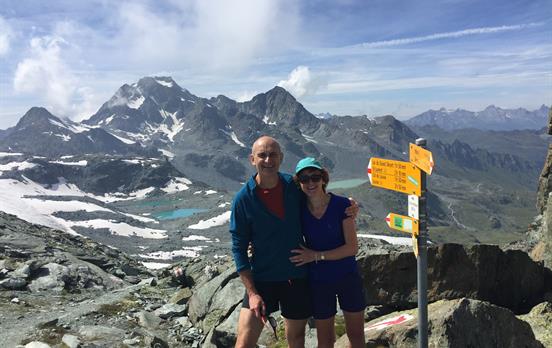
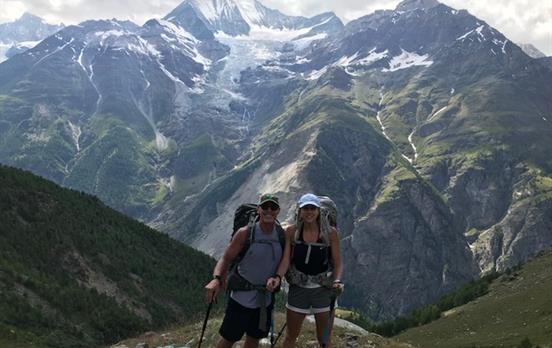
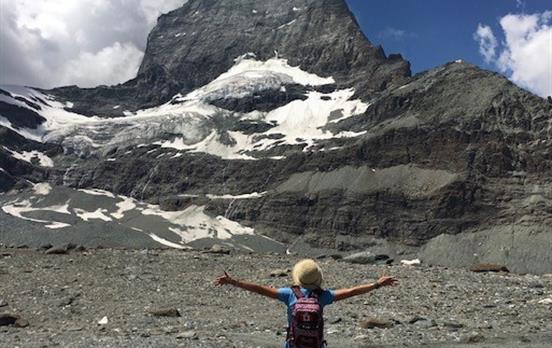

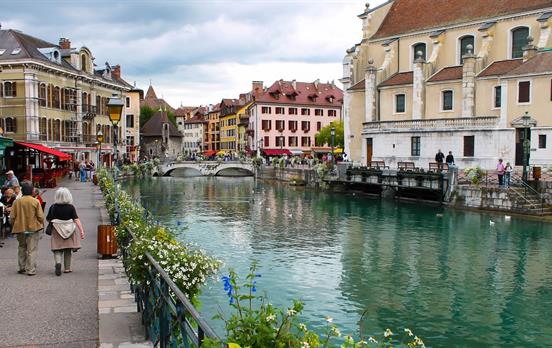
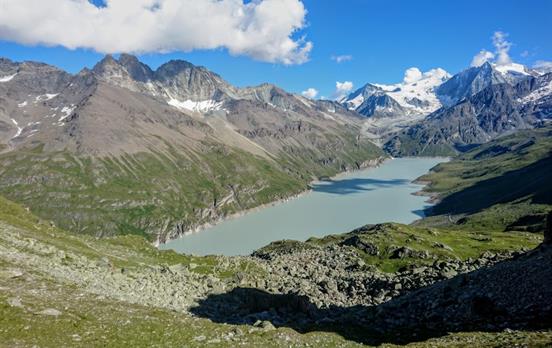

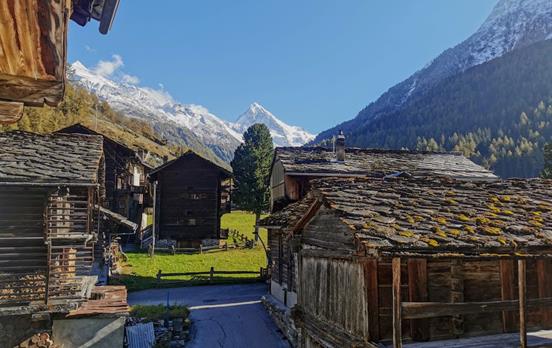
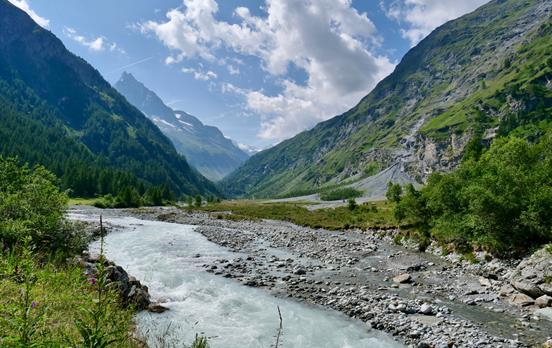



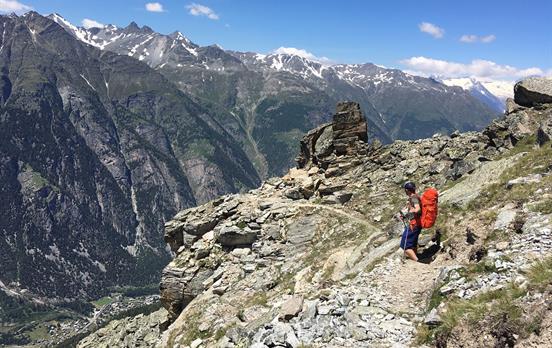
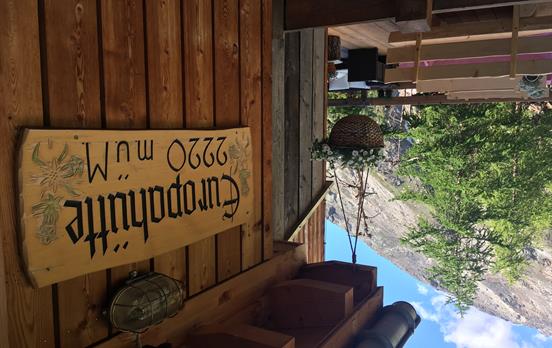
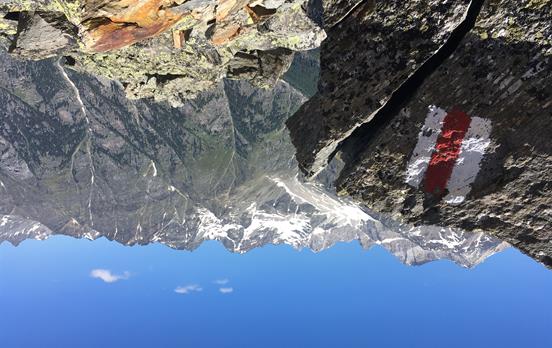

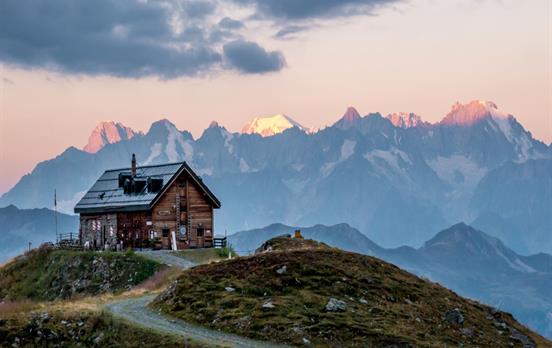
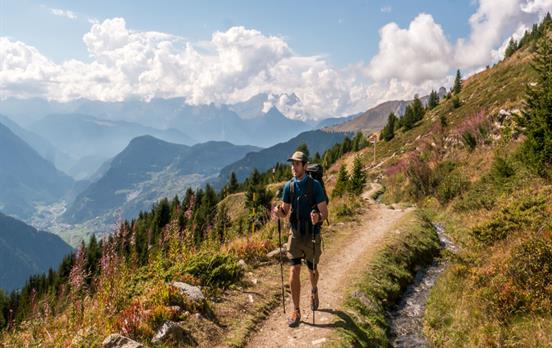
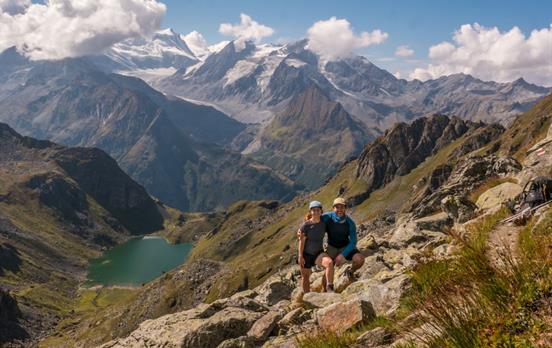
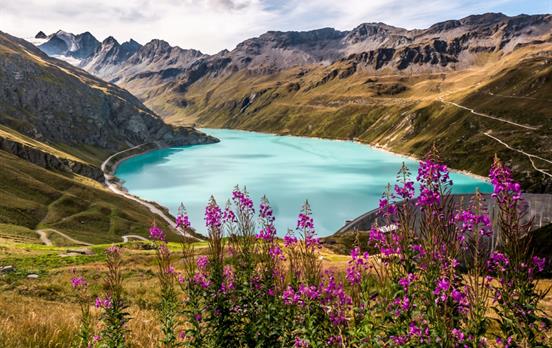


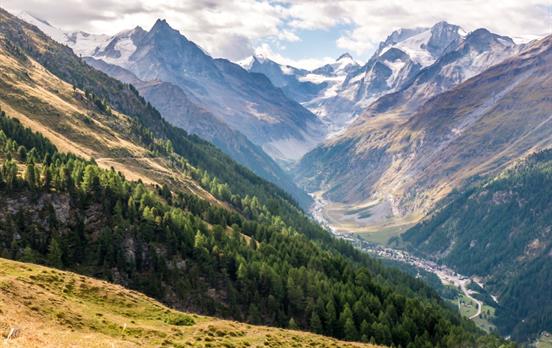
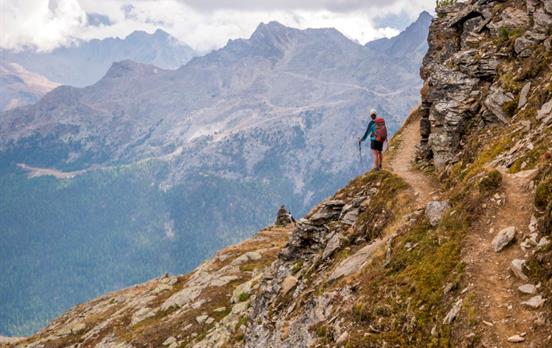
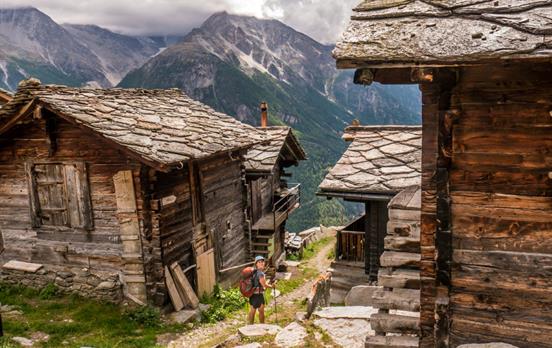
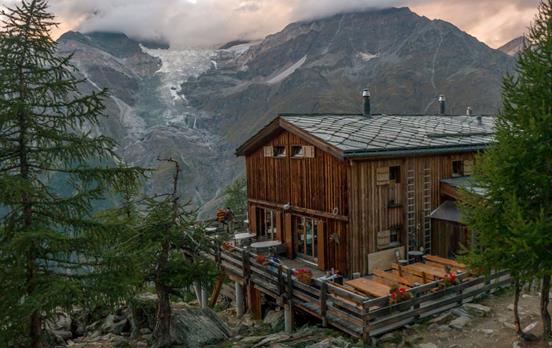
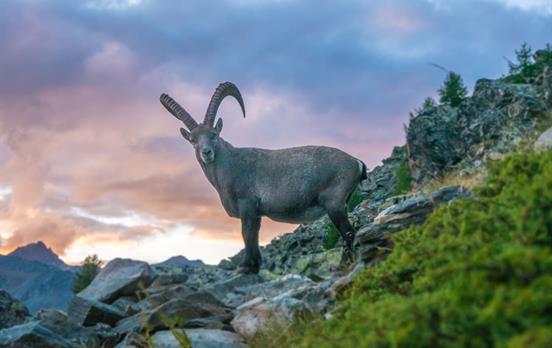

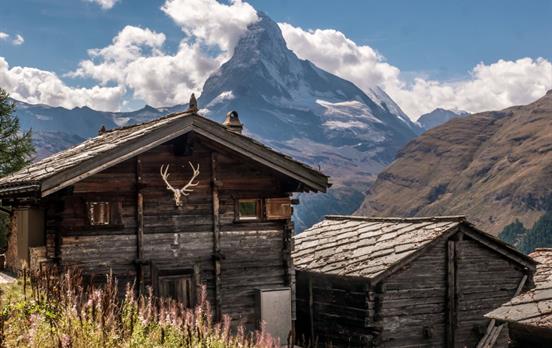
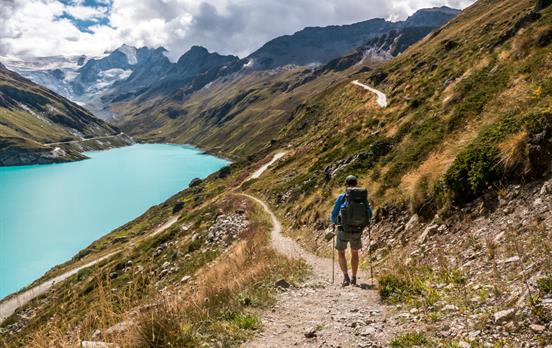
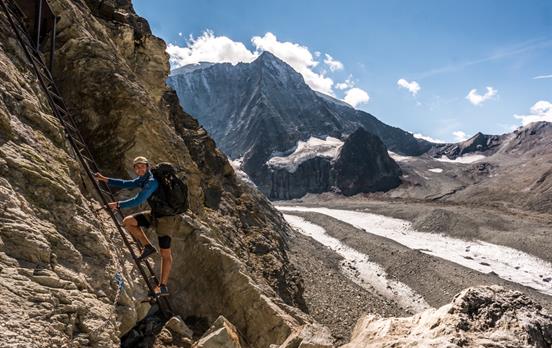

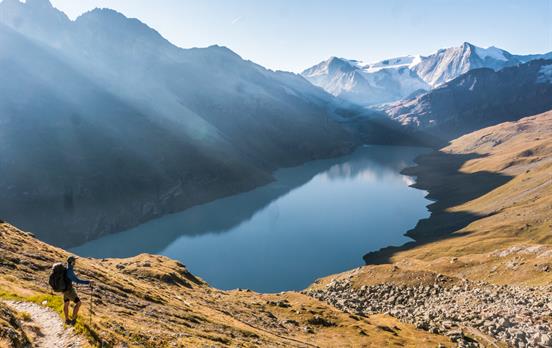
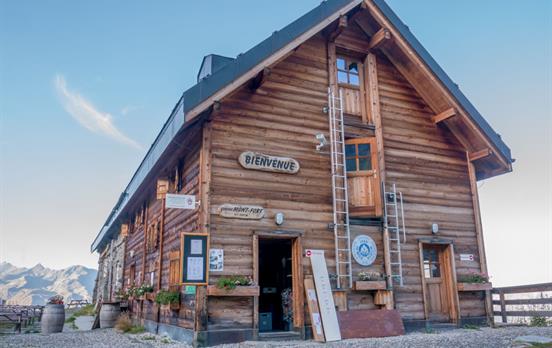


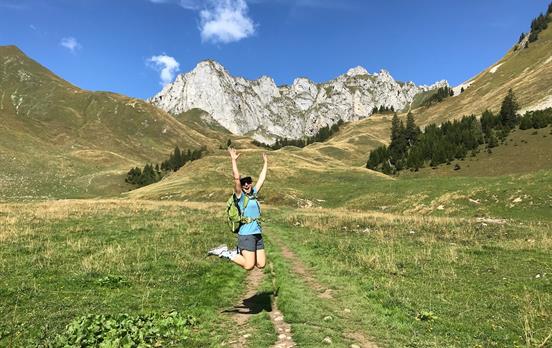
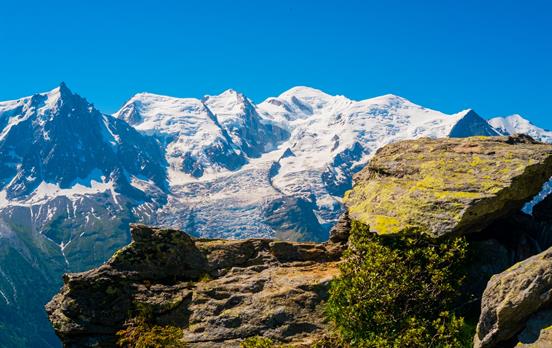
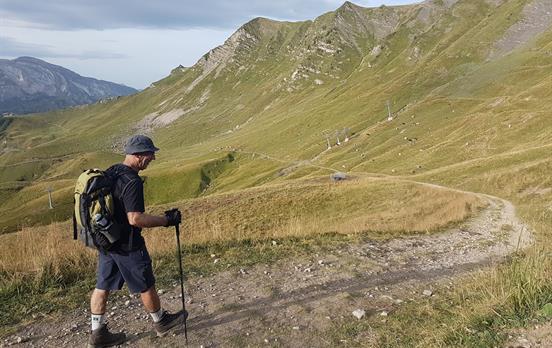
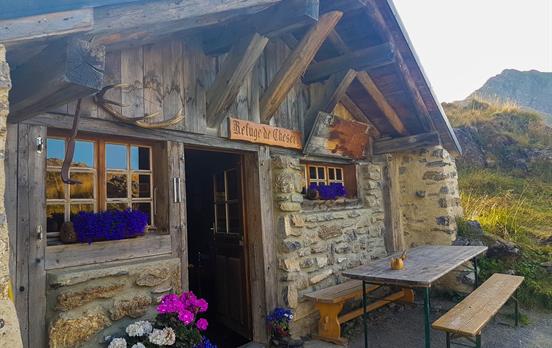
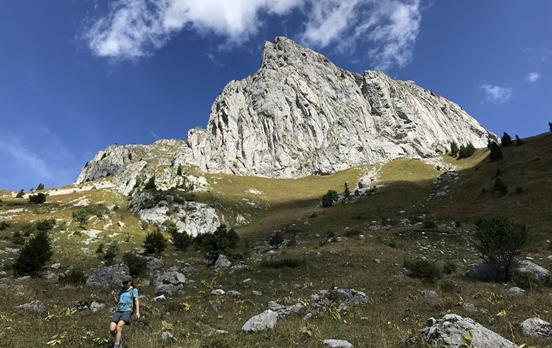
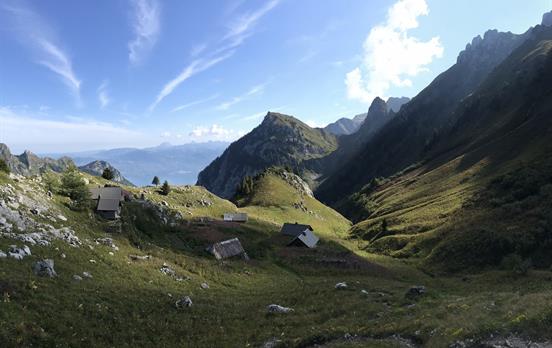
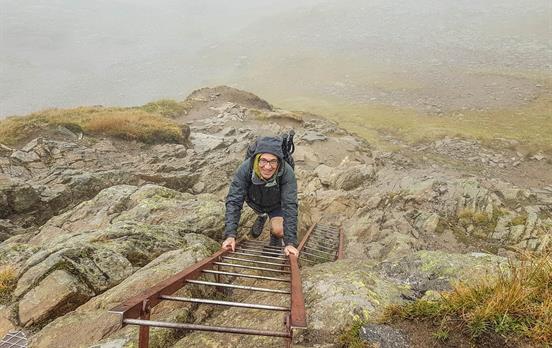













 Australia
Australia New Zealand
New Zealand South Africa
South Africa European Union
European Union